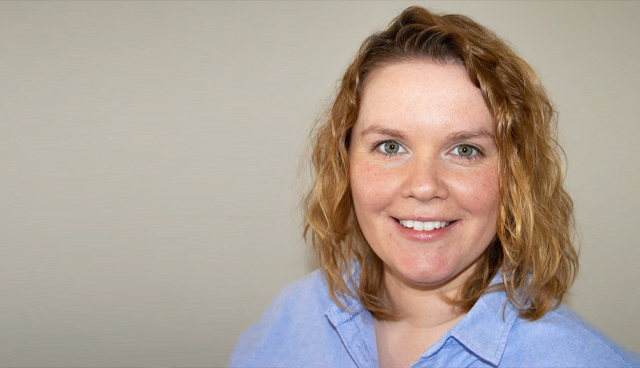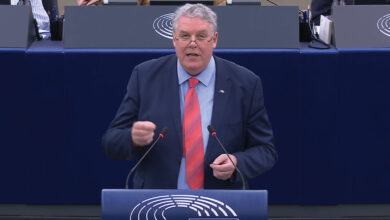Need for rapid emission reductions can no longer be ignored

The sectoral targets are the first step in government delivering a system-wide, transformational decline in polluting emissions, outlines Bríd Walsh, Climate Policy Coordinator, Friends of the Earth.
After the extensive media coverage and political horse-trading in recent weeks, people may be asking what has happened when it comes to climate action in Ireland. In short, the main elements of a new governance and accountability process have been introduced.
Following the introduction of a new climate law last year, the Government firstly set what are known as carbon budgets. In short, this means the total amount of greenhouse gas emissions that Ireland can legally emit for the periods from 2021 to 2025, and from 2026 to 2030.
To live within these budgets, the Government then had to divide up this ‘pollution pie’. In other words, the Government had to decide on the maximum number of emissions that each sector can emit during each of the five-year budget periods. These are known as sectoral emission ceilings.
This is where the rubber met the road, with the ceilings being the subject of intense negotiation earlier this summer. The Government finally published the ceilings on 28 July 2022. They represent a positive step forward for climate action across government departments, economic sectors, and communities.
However, Friends of the Earth has concerns. The sectoral emissions ceilings are not in full accordance with the Climate Act as they set a percentage reduction by 2030, not the number of emissions permitted for each sector. In other words, sectors have been given a 2030 emission reduction target but are missing the key piece of information of how much they can emit to stay within the budget limits.
The sectoral emission ceilings also do not cover all sectors of the economy because the Land Use, Land Use Change and Forestry sector has not yet been allocated a sectoral ceiling. The Climate Change Advisory Council has also cautioned that the ceilings fall short of the State’s 2030 target. So, it is not all plain sailing.
We also must remember that while carbon budgets and sectoral emission ceilings are necessary the very act of setting a target on emissions suggests that we have emissions credit left to spend. But all we have to do is look to the recent heatwaves and flooding on our doorstep, and the climate-fuelled drought and famine in Sub-Saharan Africa to fathom the scale of our carbon and ecological debt. We are in debt to those in the Global South who have done least to cause the climate crisis and are being hit first and hardest, and to younger and future generations who will bear the brunt of climate impacts.
The sectoral ceilings must function as a means to an end: a system-wide, transformational decline in polluting emissions. The Government’s focus must now shift to implementation across every sector while supporting vulnerable and impacted communities. There is also reason to be optimistic when you consider the impressive level of engagement from the public and the media on the need for ambitious, fair climate targets in recent weeks. There is a clear appetite for change and a sense that people want the Government to act on climate with the urgency and leadership it requires.





